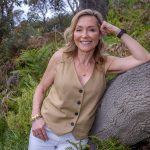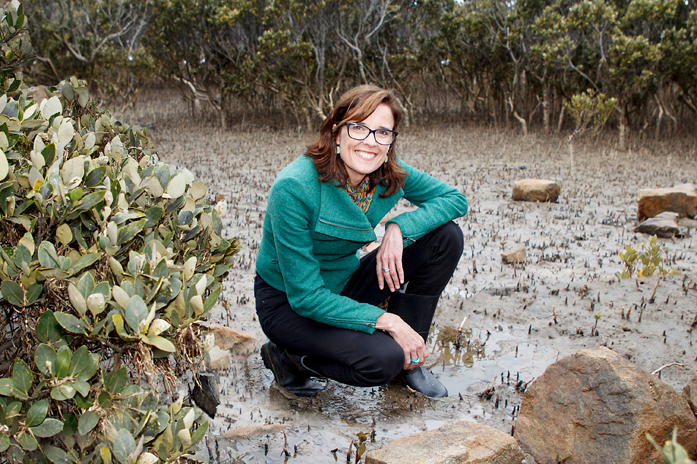
Mel Barker, CEO of Western Port Biosphere Reserve Foundation in Hastings, wants people to be aware of the significance of the UNESCO listed biosphere reserve in our own backyard. “Awareness and connecting people to nature are at the forefront of what we do,” she says.
A biosphere reserve is an area declared by the United Nations Educational, Scientific and Cultural Organisation (UNESCO) as having achieved a notable balance between environment and sustainable human development. While there are 748 significant biosphere reserve sites across 134 countries under the UNESCO World Network of Biosphere Reserves, only five are in Australia, and just this one in Victoria.
What makes ours so special is that there are species here that exist nowhere else in the world. Western Port Biosphere comprises 214,048 hectares across five local government areas including the entire Mornington Peninsula and French Island. It combines a mix of landscapes: 69% terrestrial and 31% marine.
Amongst other things, it’s a flyway for tens of thousands of migratory shorebird populations, some of which come from as far away as Siberia. Every summer 20,000 shorebirds come to feed in Western Port before making their 6000-mile journey back home where they lay their eggs and mind their hatchlings before returning to Western Port.
There are amazing stories in the biosphere. Some parent birds fly that 6000 miles to set up homes here. Then their tiny baby birds follow weeks later even though they have never flown before. They just seem to know the way. It’s one of the many miracles of nature in our own backyard.
There are blue carbon ecosystems within Western Port mangroves, saltmarsh and seagrass meadows that lock carbon into the mud. This makes blue carbon a key component of nature-based solutions to climate change. Mangrove, saltmarsh and seagrass ecosystems capture carbon at 30-50 times the equivalent areas of forests. Mangroves also protect countless fish species and protect land from storm surges. They are more efficient than man-made structures.
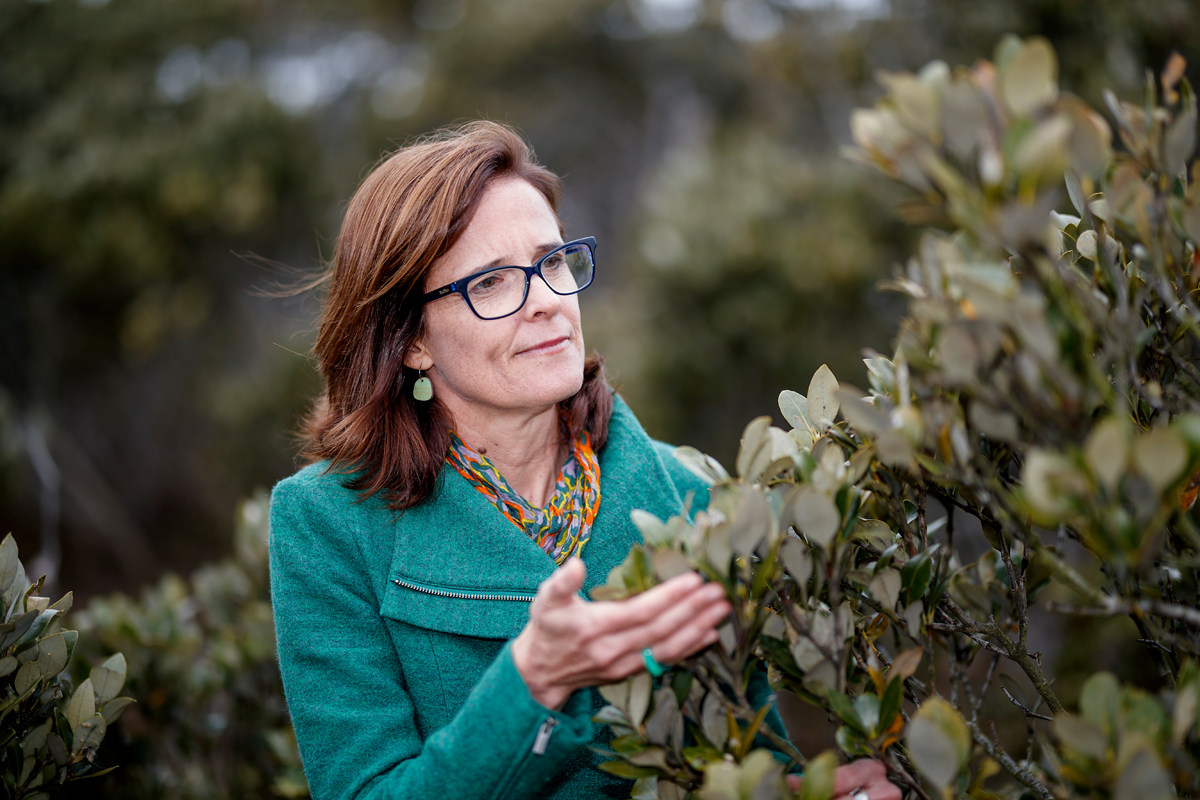
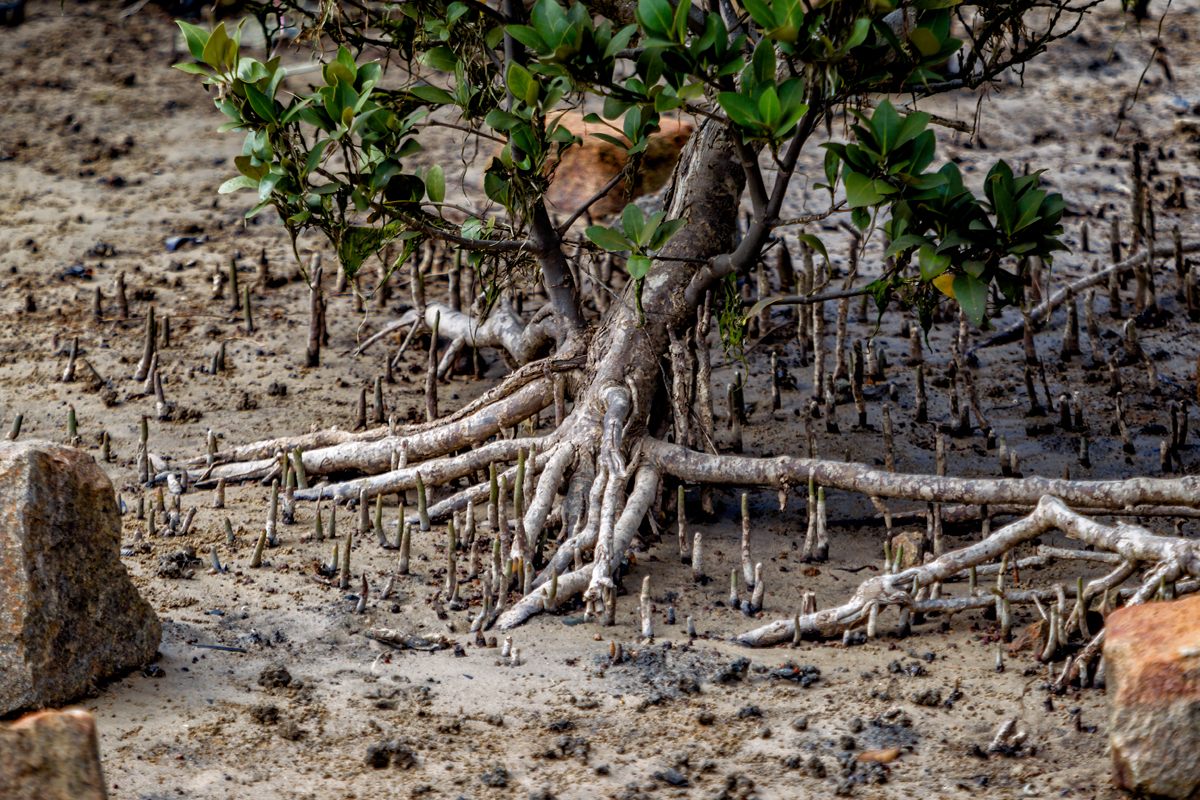
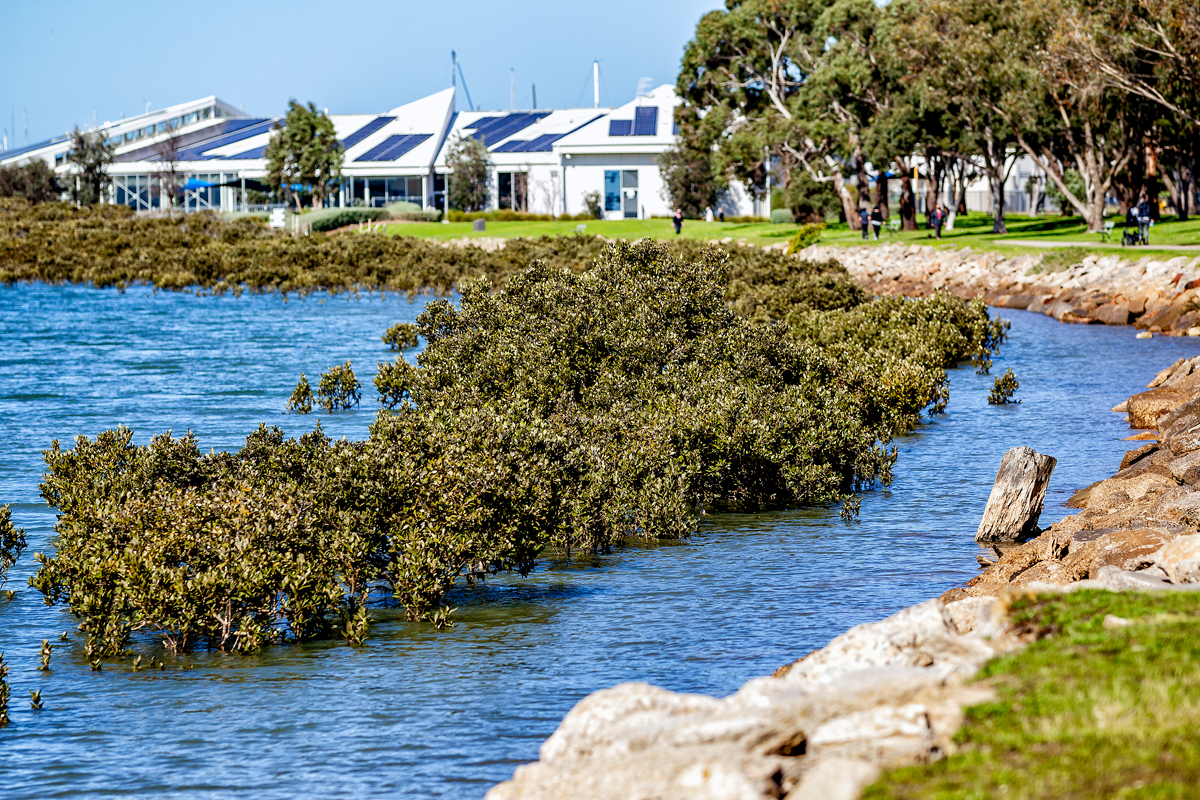
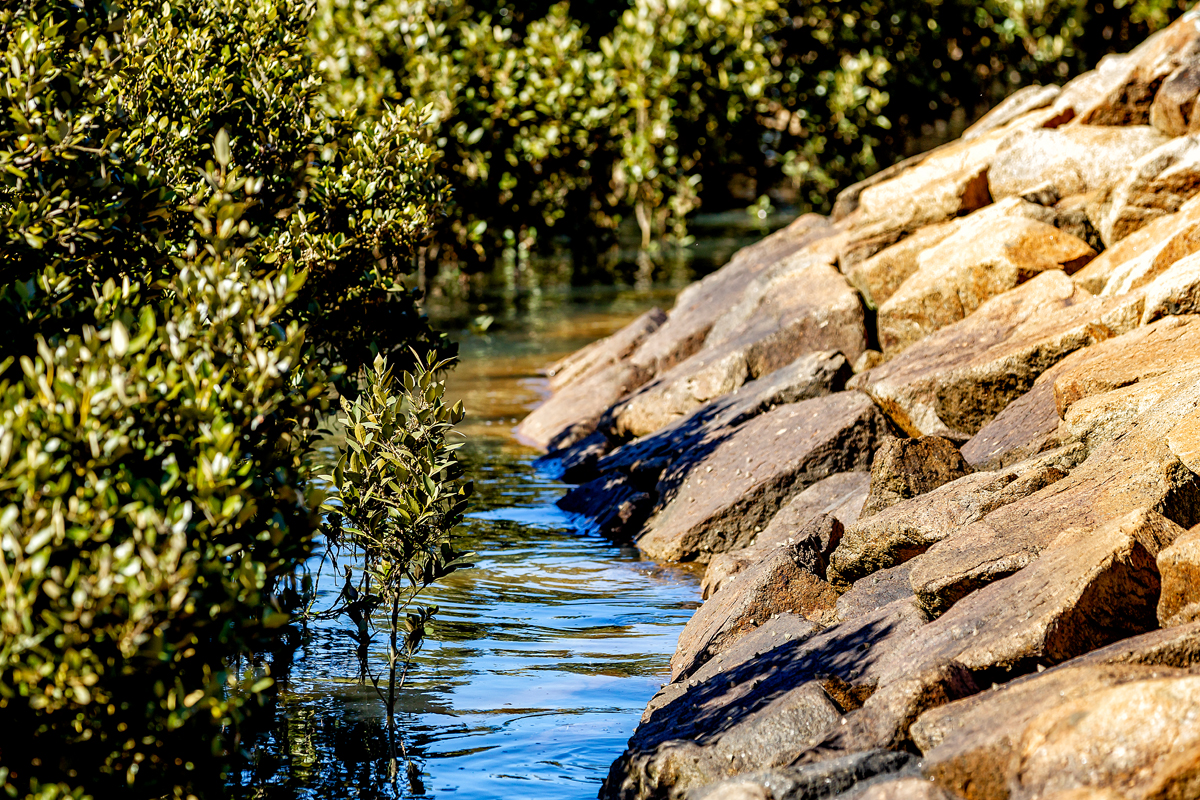
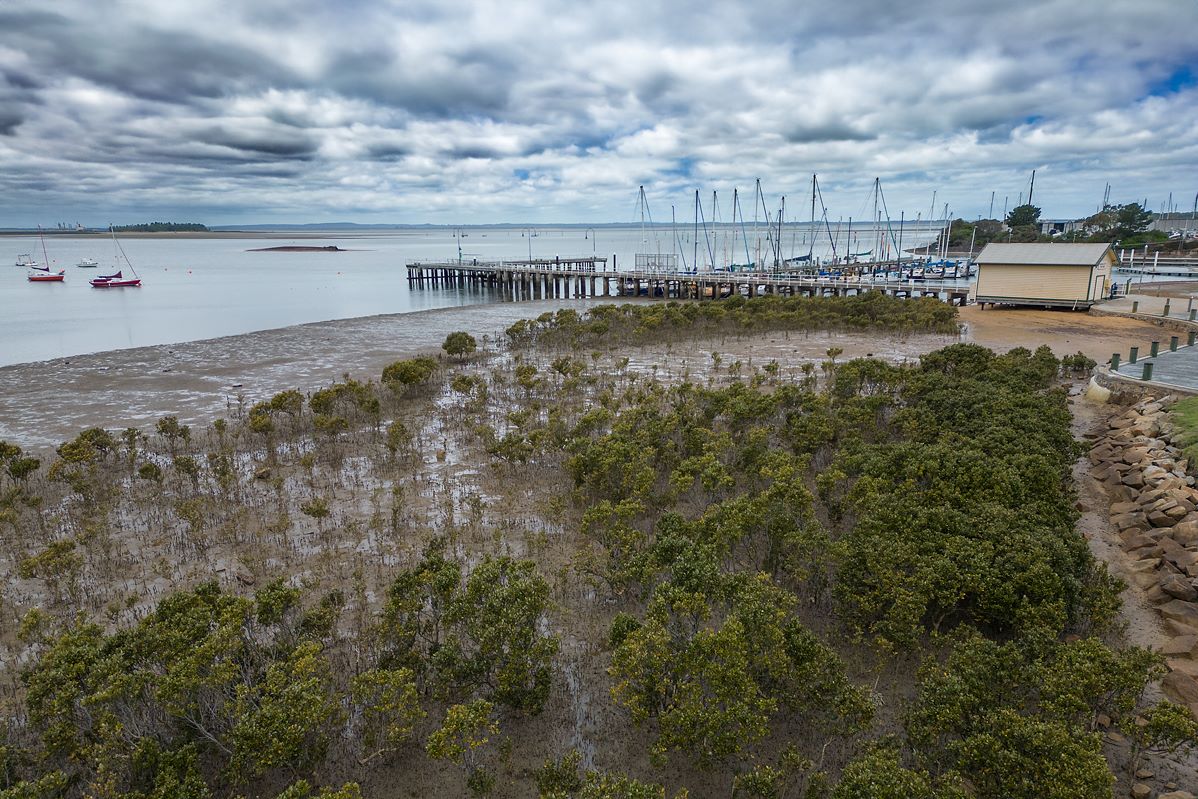
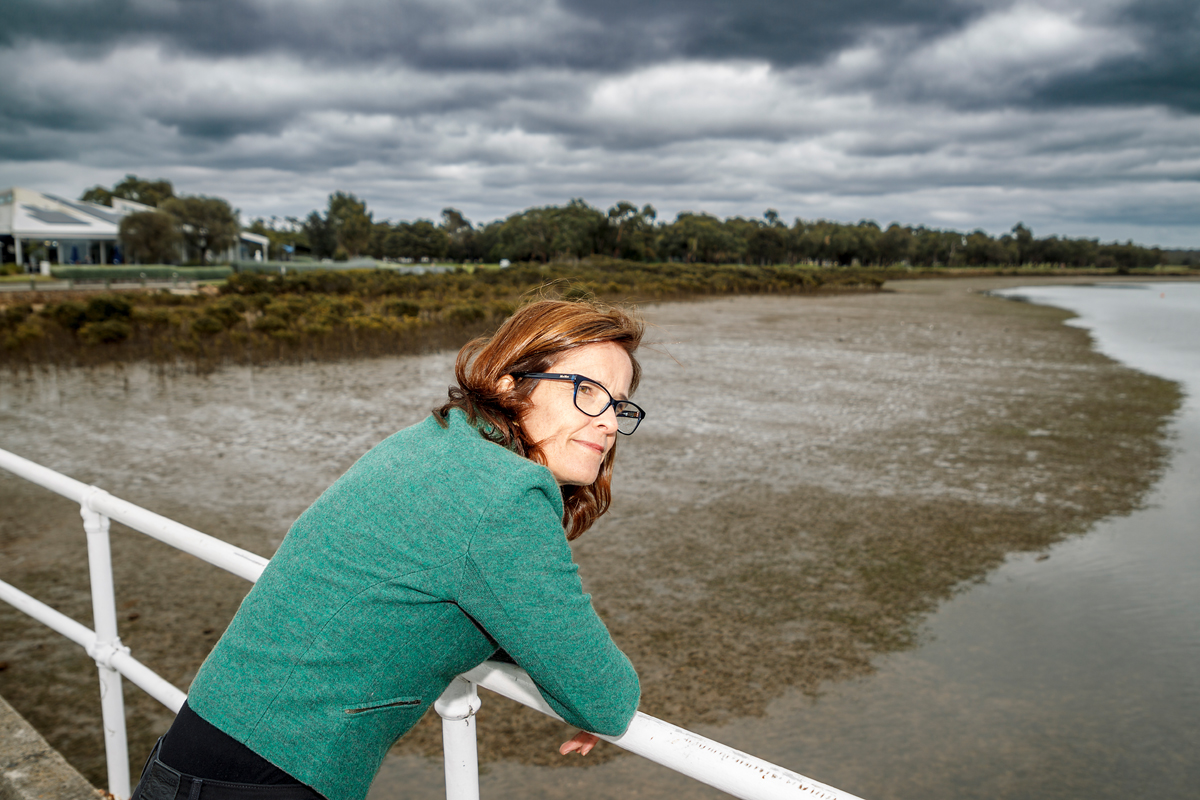
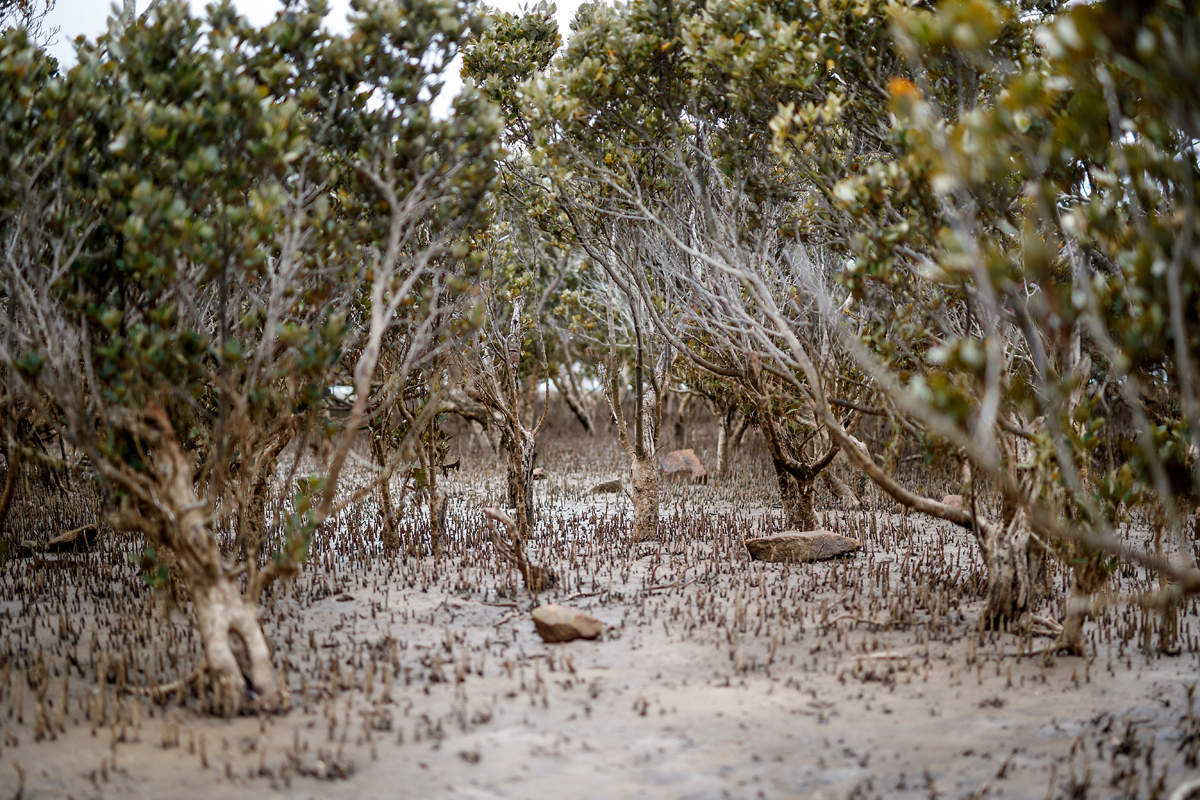
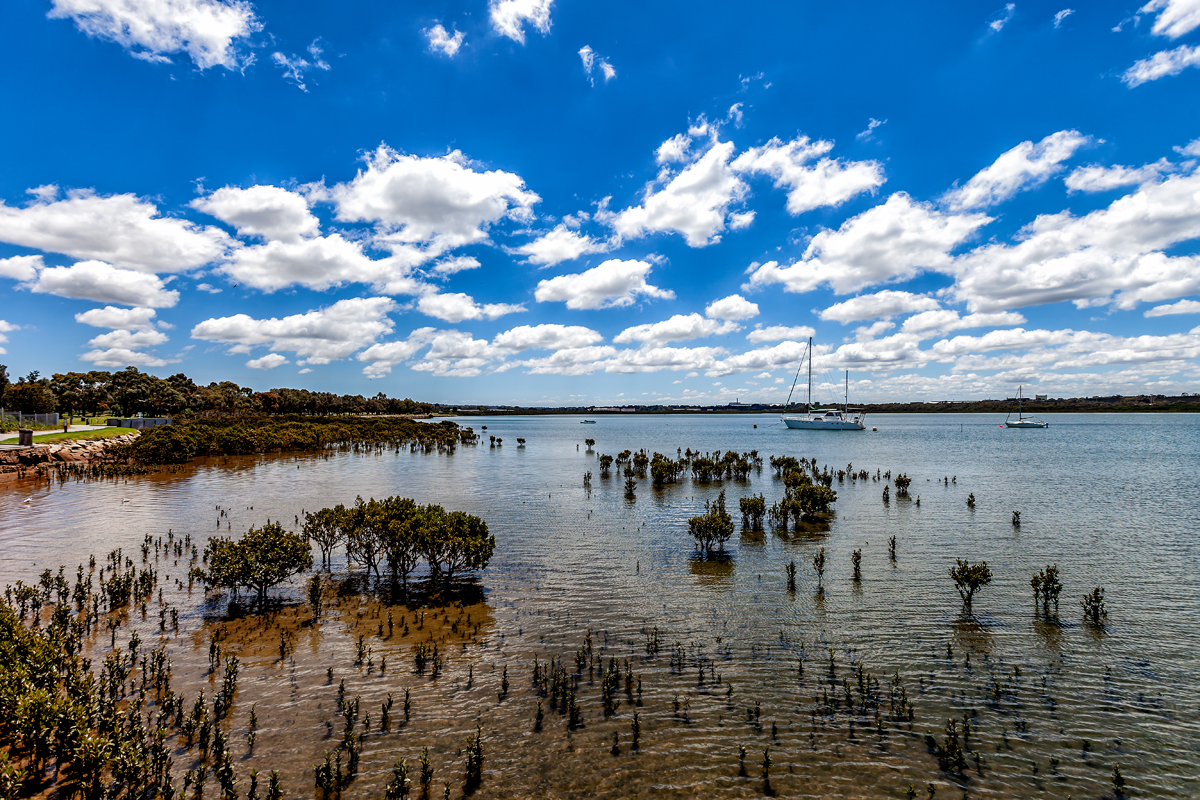
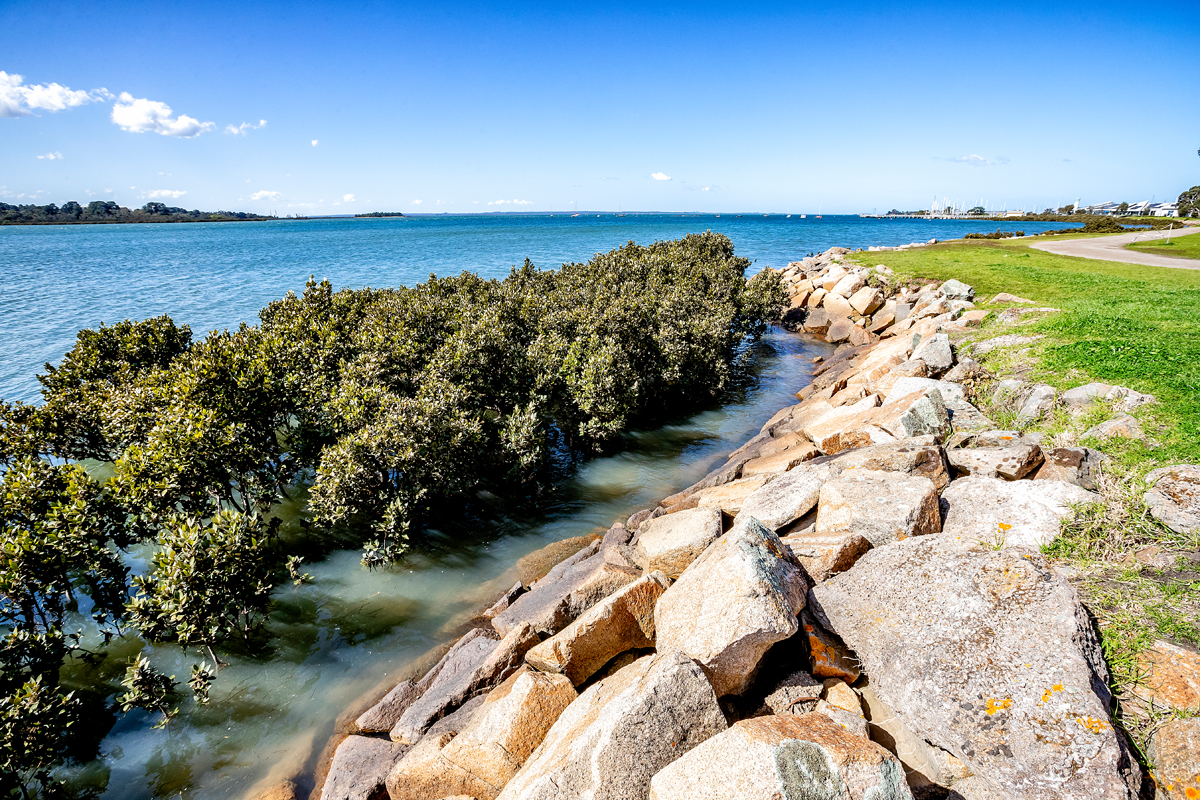
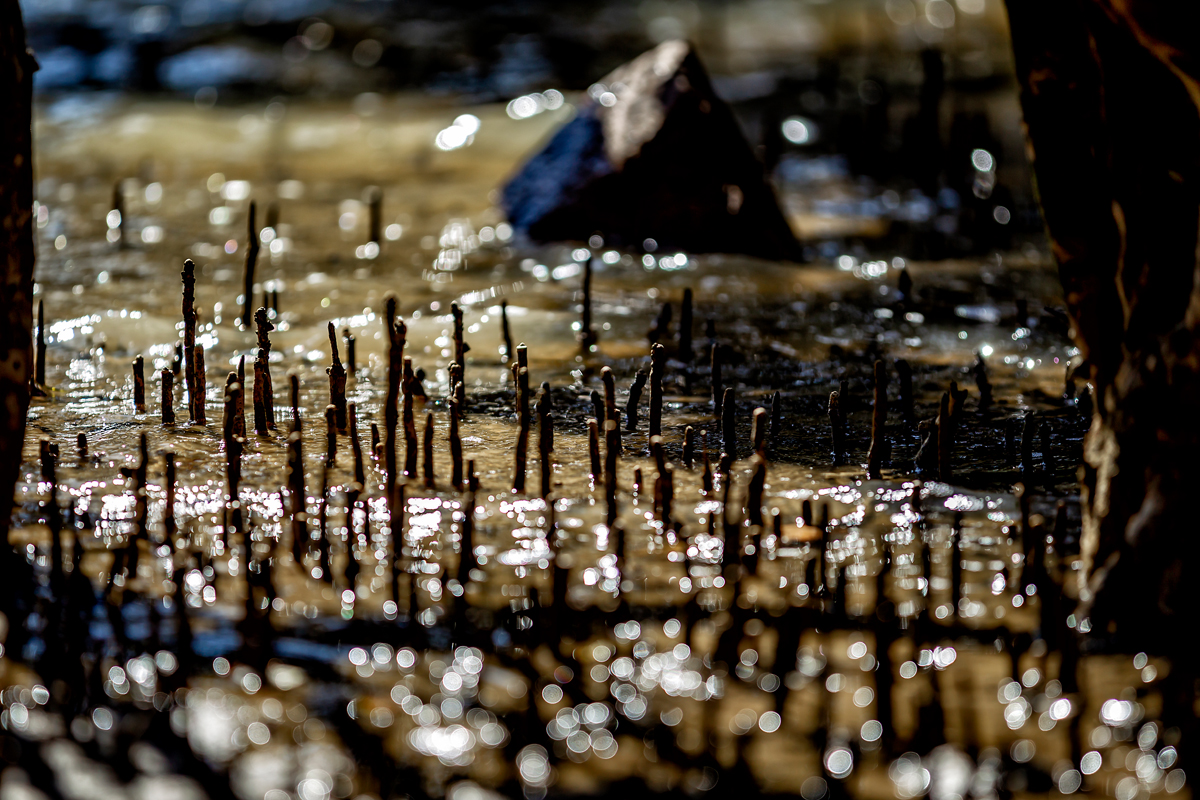
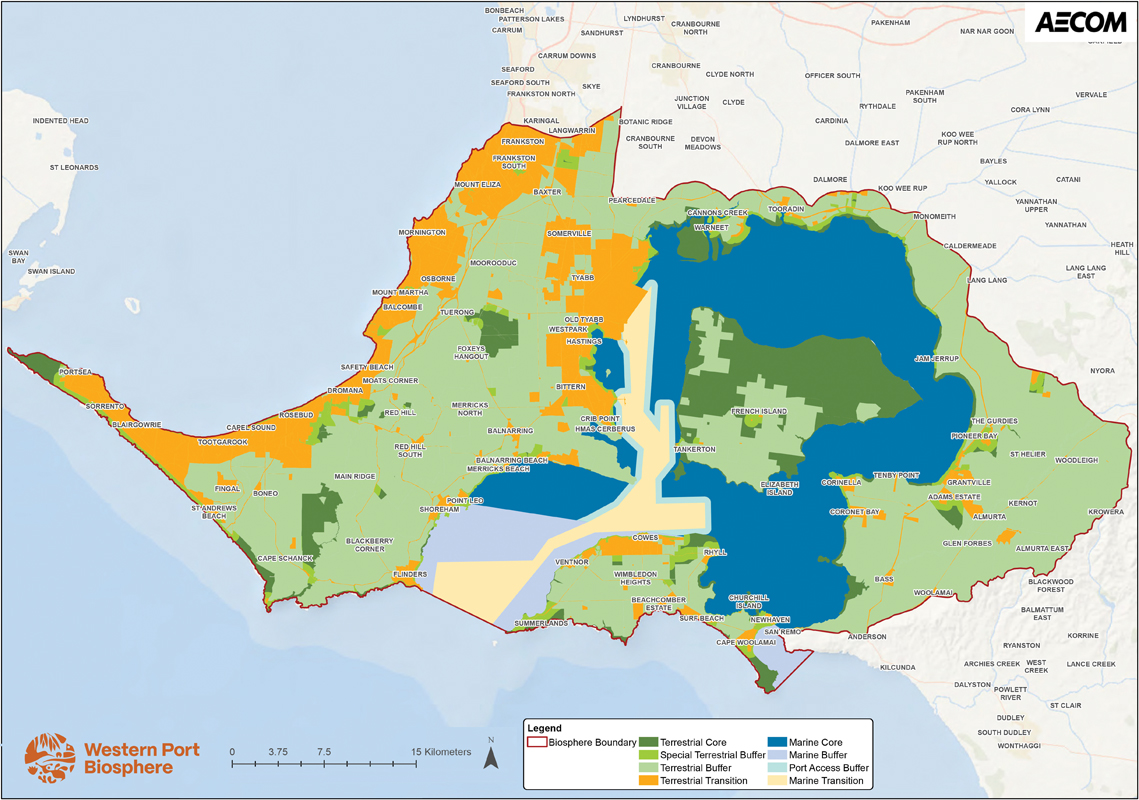
Photos Yanni
A unique bryozoan reef-like structure is out in Western Port Bay, built from the seabed up to 1.5 metres by creatures called zooids; it’s unique in its skeletal construction method. It protects fish from predators and is an Elephant Fish nursery. There may be still be further undiscovered species, but strong tides and sediment make it hard for divers to explore.
Parks Victoria, Bass Coast Landcare Network and French Island community groups are working together to eradicate introduced species from French Island. Environmentalists see the island as a Noah’s Ark of biodiversity.
In Westen Port Biosphere are 1570 native flora species, of which 104 are threatened and 1270 native fauna species, of which 222 are threatened. That includes 85 types of mammals and 360 species of birds, not to mention the reptiles, amphibians and invertebrates.
Simple things can be done by everyday people to protect the biosphere, such as planting indigenous species to protect ecosystems, saving land for wildlife by partnering with Landcare, and creating corridors for animals to travel. Observe the diverse beauty all around and tread lightly so as not to damage fragile ecosystems.
Western Port Biosphere’s education in schools’ programs teach young people about koala awareness, climate action, sustainable development, environmental protection and restoration so today’s students can be environmental stewards of the future.
Partnerships are the key. On-ground projects and strategic advocacy lead to the best outcomes. Western Port Biosphere Reserve Foundation partners with schools, community groups, industrial organisations, OzFish, Landcare, councils and nature parks.
Having an organisation of global status like UNESCO recognise this biosphere provides significance as well as local pride.
Benchmarks have to be met to maintain that status. When talking to stakeholders, whether business or government, that status carries weight.
“Climate change is upon us. If we work with other organisations we can do what we need to do to mitigate that in a much shorter time frame. We are bringing together disparate groups for a common good that impacts every one of us,” Mel remarks.
It’s imperative to deal with existing challenges – land clearing, urban development, the draining of native swamps over the past 200 years, climate change, storm surges and bushfires. “Australia is already nearly 1.5 degrees hotter than it was in 1910. We need to be adapting to that new climate right now to tackle carbon emissions and biodiversity loss,” she says. “If we all work together, it’s possible.”
Donations to Western Port Biosphere Reserve Foundation are helpful as it’s a not-for-profit charity. Their mission to educate and raise awareness about this unique biosphere means that when there is a call to action, people will know why it’s so important. Get on board.

